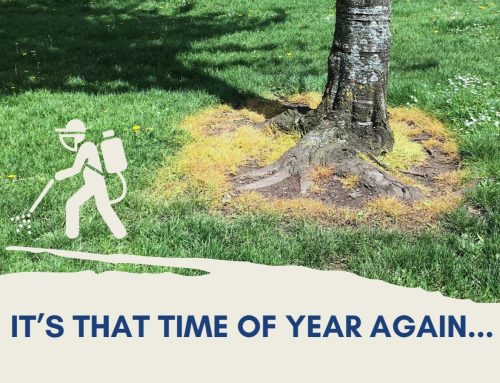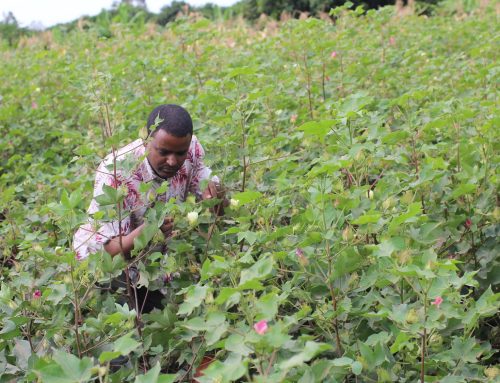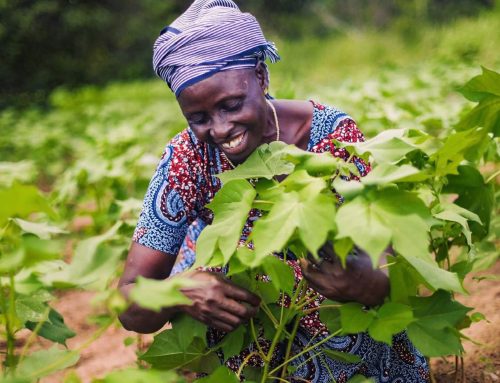by Professor Parthiba Basu
A reduction in the volume of pesticide consumption in certain countries is often cited as a success of anti-pesticide use campaigns. The pesticide industry also cites such declines as evidence for positive and pro-environment progress. It is true that the use of pesticides (insecticides, herbicides and fungicides) in agriculture has undergone significant changes globally and in many countries the use rate (Kg/ha) or bulk volume of pesticides used (Kg/Year) has declined. But the picture is not uniform and consumption has increased in some areas.
The changes in pesticide volumes, is only part of the picture. The key point is to understand the effects these consumption changes have had on the environment and human health. One factor that is often overlooked is that the toxicities of different kinds of pesticides and their impacts on different non-target species groups vary greatly. As a result, weight-based measures are inadequate in assessing the environmental impacts of these pesticides. Therefore, it is crucial to have a toxicity-weighted pesticide impact assessment on different vulnerable species groups for effective conservation management strategies. Unfortunately, such information has been unavailable so far.
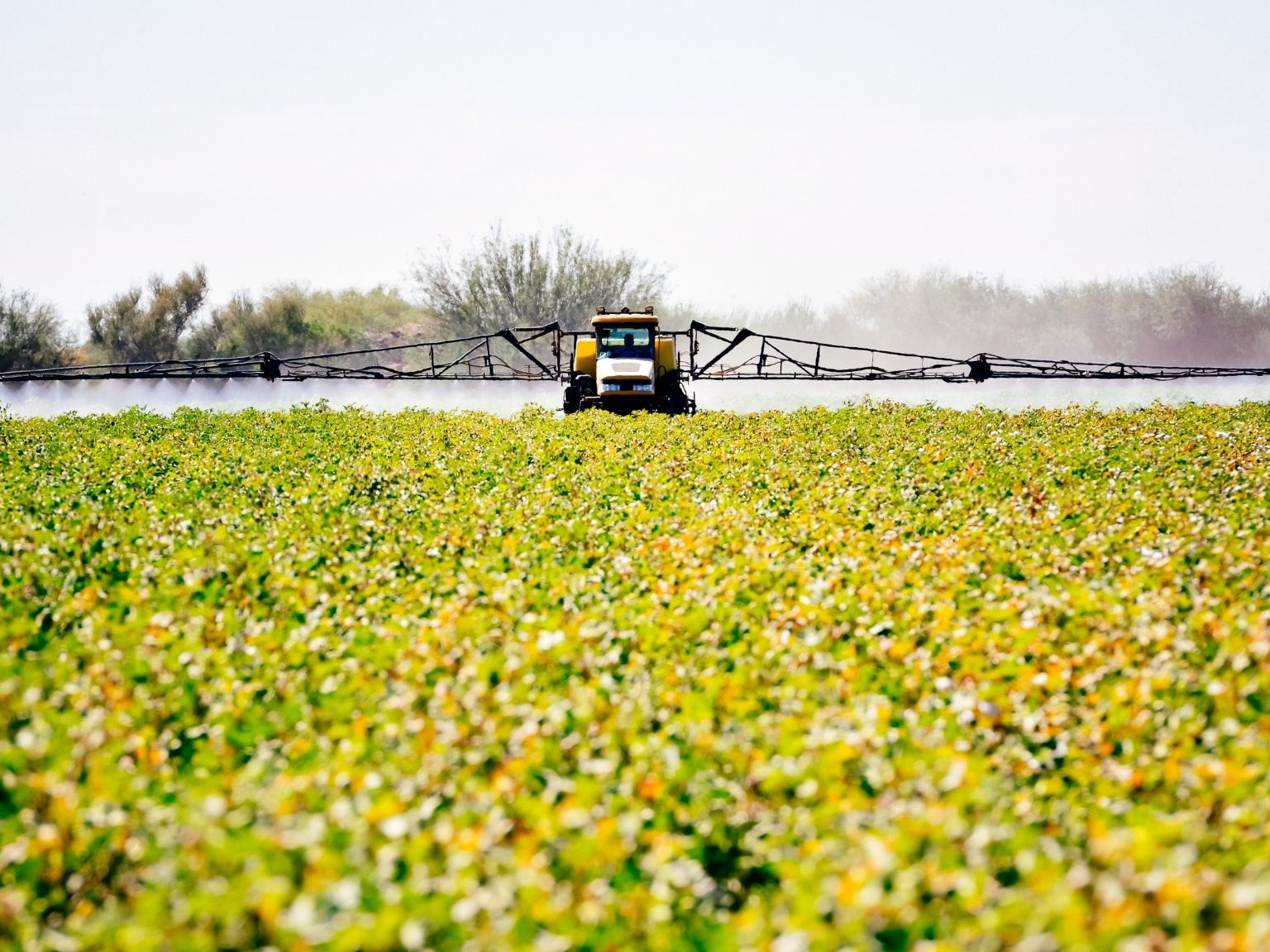
Pesticide toxicity on pollinators has increased over the years. Image sourced from Canva.
Pollinators in agroecosystems face a grave threat from pesticides, and there is mounting evidence on the scale and intensity of their impacts. The gap in our understanding of the toxicity-weighted impacts of different pesticides on pollinators and other vulnerable species groups has been bridged by a recent research article by Ralf Schulz and his colleagues (Schulz et al. 2021) at the University of Koblenz-Landau in Germany.
The study used 1,591 different substance-specific regulatory threshold levels (RTL) ‘indicative of potential biodiversity impacts’ to examine 381 pesticides for a period of twenty-five years (1991 – 2016) on their effects on eight different non-target organismal groups. The RTL values indicate the pesticide toxicity on an organism at the predicted exposure level and is part of a regulatory procedure before a pesticide is allowed for application. The RTL data was taken from the US Environmental Protection Agency (EPA) and the pesticide consumption data source was the US Geological Survey (USGS). From these data sets, they calculated the Total Applied Toxicity (TAT) index- an indicator of the environmental impact for the non-target faunal groups for each year. The annual TAT values were summed up for different sets of substances (e.g., pesticide use types, chemical classes of respective pesticides and their modes of action).
This analysis shows that the TAT values for pollinators have significantly increased even though the total applied amounts of pesticides have fallen considerably. The TAT for pollinators more than doubled and rose approximately by 8% per year during the decade following 2005. Neonicotinoids, whose usage rose sharply in place of organophosphates and carbamates over the last decade, are increasingly responsible for this rise in TAT for bees (social and solitary).
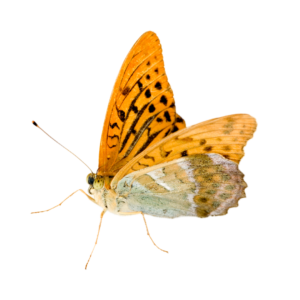 The TAT for non-target plants from herbicides has also increased significantly post 2006. This concomitant rise in toxicity on plants in parallel with that for pollinators poses an additional risk on the plant-pollinator interactions. The adverse impacts of neonicotinoids on pollinator health have been extensively studied during recent years, and some have been banned in EU countries. The adverse impacts of herbicides on pollinator health are only unravelling now, and a recent meta-analysis (Battisti et al. 2021) published in May this year has shown that the mortality in bees from glyphosate exposure has increased significantly.
The TAT for non-target plants from herbicides has also increased significantly post 2006. This concomitant rise in toxicity on plants in parallel with that for pollinators poses an additional risk on the plant-pollinator interactions. The adverse impacts of neonicotinoids on pollinator health have been extensively studied during recent years, and some have been banned in EU countries. The adverse impacts of herbicides on pollinator health are only unravelling now, and a recent meta-analysis (Battisti et al. 2021) published in May this year has shown that the mortality in bees from glyphosate exposure has increased significantly.
While the pesticide usage data used by Shultz and his colleagues are from the USA, it is quite possible that TAT values would be higher for the agroecosystems of different global regions like Asia, South America and certain EU countries where pesticide sales increased during this period along with the expansion of croplands. It is not possible to calculate the TAT for many countries due to the non-availability of open access pesticide usage data for such and global regions, e.g., China, Russia, South America and the EU. Hopefully, a global assessment will be possible soon – before it is too late.
 Professor Parthiba Basu has a Ph.D. in Ecology and a research career spanning nearly thirty years. He heads the Centre for Agroecology and Pollination Studies at the University of Calcutta. His research interest is broadly on biodiversity and ecosystem functioning along ecological degradation gradients. A major research focus has been the status of pollinators and natural enemies of pests in the agro-ecosystems and their restoration.
Professor Parthiba Basu has a Ph.D. in Ecology and a research career spanning nearly thirty years. He heads the Centre for Agroecology and Pollination Studies at the University of Calcutta. His research interest is broadly on biodiversity and ecosystem functioning along ecological degradation gradients. A major research focus has been the status of pollinators and natural enemies of pests in the agro-ecosystems and their restoration.

